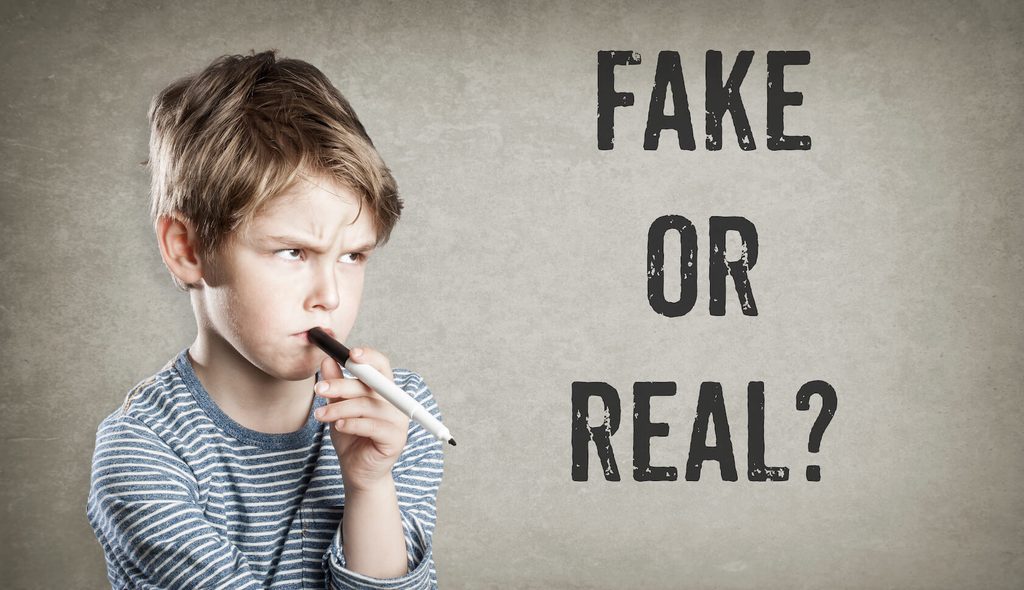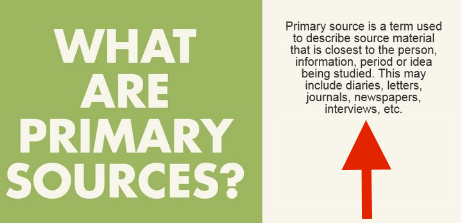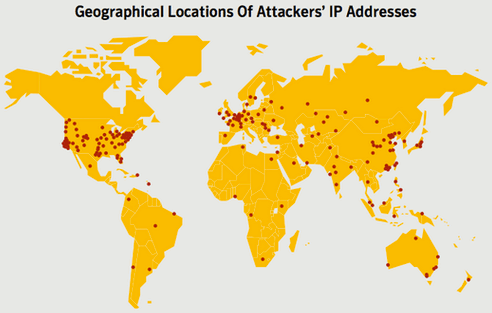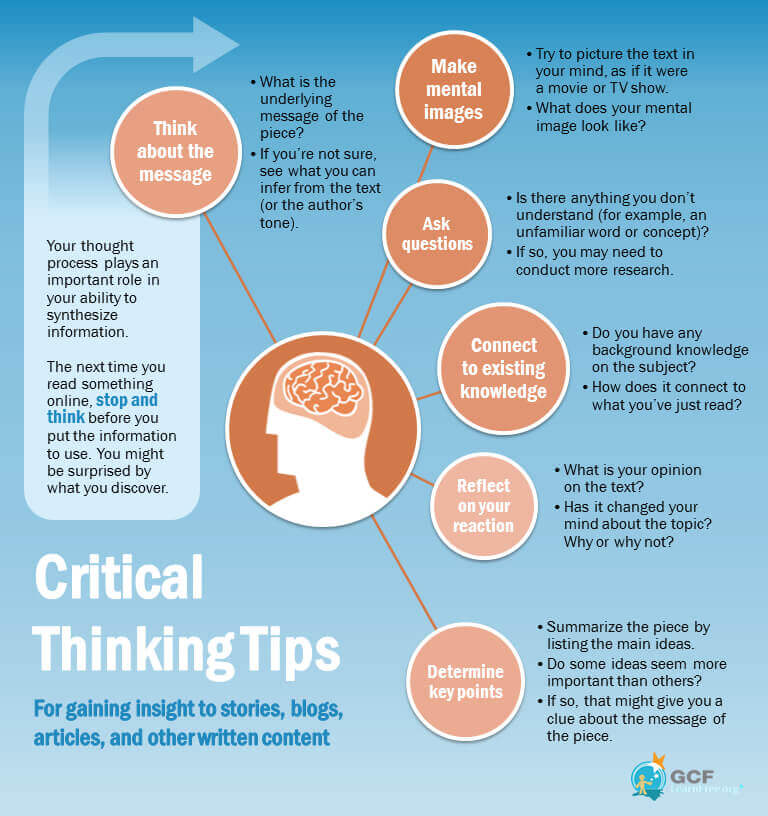One of the most interesting things about the internet is that anything can go viral. In a perfect world, only truth—whether it be news or a funny video—would be perpetuated on the internet, but this is generally far from the case. Fake stories and news reach countless people on this platform, and unfortunately these pieces of misinformation can have real consequences.
In order to help consumers circumnavigate the potential harms of fake news, media companies are trying to figure out how they can help keep fake news off of their platforms. This is a great first step, but the fact of the matter is that it won’t be enough. Even if they create new algorithms that are designed to spot fake news, they won’t be able to catch all of the incorrect content instantaneously.
As such, it’s now more important than ever before that you know how to spot fake news on social media. Practicing and utilizing this skill will allow you to avoid inaccurate information, and it might also safeguard you from other online risks.
Below, you’ll find three questions you can ask yourself when you’re evaluating the credibility of information online. Although these questions aren’t a catch-all for fake news, they will provide you with either reasonable assurance or doubt that what you’re reading is true.
Who Wrote This and What Is It About?
When you come across information on social media, it can be difficult to figure out where it’s originally from. If the content is reposted, navigating to its primary source should be fairly easy—especially if the original source is “tagged” or mentioned in the repost. If the content is published without a primary source, however, it is still possible to find its original source.
In general, you can conduct an internet search that includes the information you’ve read, and the search engine should provide you with similar content on the web. For example, if you see something on social media that claims “800-carat Diamond Found in Backyard,” you can type this information into a search engine. If the information is correct, you should quickly be able to find its original source.
Additionally, if it’s a big piece of news, other credible news organizations will likely be covering it. These established news organizations should be easily recognizable or searchable, too. If it’s difficult to find the primary source, or if the primary source does not seem to be credible, chances are that you should take the information with a grain of salt.
It’s also important to consider if the content might have been accidentally misconstrued on social media. Even when people have the best intentions at heart, they can interpret information wrongly. For example, a journalist might write a piece about a scientific study explaining its benefits and accidentally summarize it incorrectly. In this case, the primary source is completely valid, but the information that’s written by a secondary source is off base.
Another thing that you should ask yourself when you’re assessing new information is what it’s about. Some of the information online is genuine, but a lot of the click-bait content that you run into is designed to get you to either believe in falsehoods or download harmful links.
To protect yourself, make sure you are always selective about what you download. Although not all online downloads are harmful, some of them are designed to install programs onto your computer that collect information about your activities. Some of these programs are harmless, but others can slow down your computer and put your privacy at risk.
If it turns out that the information that piqued your interest is really from a hacker or is a clever malware or adware program, shut down your social media platform completely. It’s also a good idea to run an antivirus scan on your computer afterwards to ensure it hasn’t been infected with unwanted programs.
When and Where Was This Written?
Upon viewing information, it should be easy to glean when it was created. On some social media platforms, the date is displayed clearly. On a few others, however, it’s a bit harder to find.
If you have a hard time locating the date, the next place you should look is to the primary source. Credible sources will have some type of timestamp attached to their content. When you find the date, you can try to see if it’s a “published on” date “written on” date or “edited on” date.
Thinking about the date the information became available in a broader sense can be helpful, too. If you consider what’s happening in your area and around the world, you might be able to determine if the information is simply a fake story or piece of news.
Where information originates can also be a big tip-off to its authenticity. If information is from a known satire outlet— like The Onion —knowing where it’s coming from can inform you of it’s authenticity. Understand where it’s from in terms of geographic origination may also help provide you with information. For example, if you find a website that’s registered outside of the United States that only talks about American news, you might want to question its purposes and information. This knowledge is also helpful when it comes to avoiding personal threats on social media.
Historically, large attacks are sourced from countries like China, Turkey, Brazil and Russia. If you find that news is originating from one of these areas and it doesn’t seem “quite right,” it’s best to try and verify it with another source.
Why Am I Questioning Its Validity?
Chances are that a few things you read still won’t sit right with you—even if they “pass” all of the aforementioned questions. At the end of the day, research and careful thought can help you understand if something is authentic most of the time.
Sometimes, however, things still won’t feel right. In these cases, it’s not an entirely bad idea to go with your gut. Your inner voice will tell you if something shouldn’t be trusted.
Additionally, using your gut can— in some cases —actually be more useful than deliberate calculation. It seems too simple to be true, but evaluating information’s credibility based on your own decision making skills can be a successful way to vet content.
On the flip side of this, you’d be amiss to not personally question why you’re doubting information. You have a unique perspective, and sometimes your point of view is so established that it can be hard to consider unexpected facts.
It’s comfortable to simply stay in your point of view, but if you want to learn new things, you’ll ultimately need to question some of your preconceived notions and beliefs. If you can pinpoint where your resistance to new information lies, you’ll be able to position yourself for positive change.
As soon as you open yourself up to new perspectives and possibilities, it’ll be easier for you to rationally assess if the content you see on social media is real or not.
A Condensed Overview
Fake news on social media seems harmless, but it can impact your life in negative ways. To avoid this problem, you need to find ways to determine if what you are looking at on these platforms is valid.
There is no one way to determine the truth of information, but asking a few questions can help. To start fact-checking information, ask yourself who it’s coming from. Is the author a credible individual? Does the news source have a good reputation?
Next, determine what exactly it’s about. On social media, you’re bound to run into some extraneous content and details. It’s important to understand exactly what the copy says before you begin to analyze it.
Asking yourself when the information was published is also critical. Newer information has had less time to be fact-checked by the general public. Understanding the date on which something was published can also help add context to what was going on in the world.
The location is another factor that should be considered when you’re trying to deem information true or false. If the source is located in an area that’s known for cyber attacks or fake news generation, you might want to be a bit more weary of it.
Finally, it’s important to ask yourself why this information is causing you to pause. Your gut will quickly give you feedback about the information you read. If something doesn’t quite feel right, there’s a chance that it’s not really true.
You can also consider a previous belief is hindering you from accepting new information. If you put yourself in someone else’s shoes, would you struggle to determine the authenticity of what you’re reading?
Wrapping Things Up
Asking yourself who, what, when, where and why seems like a juvenile way to process information; however, in an increasingly complex world, utilizing this simple strategy can enable you to avoid overthinking and simplify your life.
With this strategy in mind, you can navigate social media more successfully. You’ll avoid wasting energy on unwanted fake information—freeing up your time to find the things that add value to your life.




